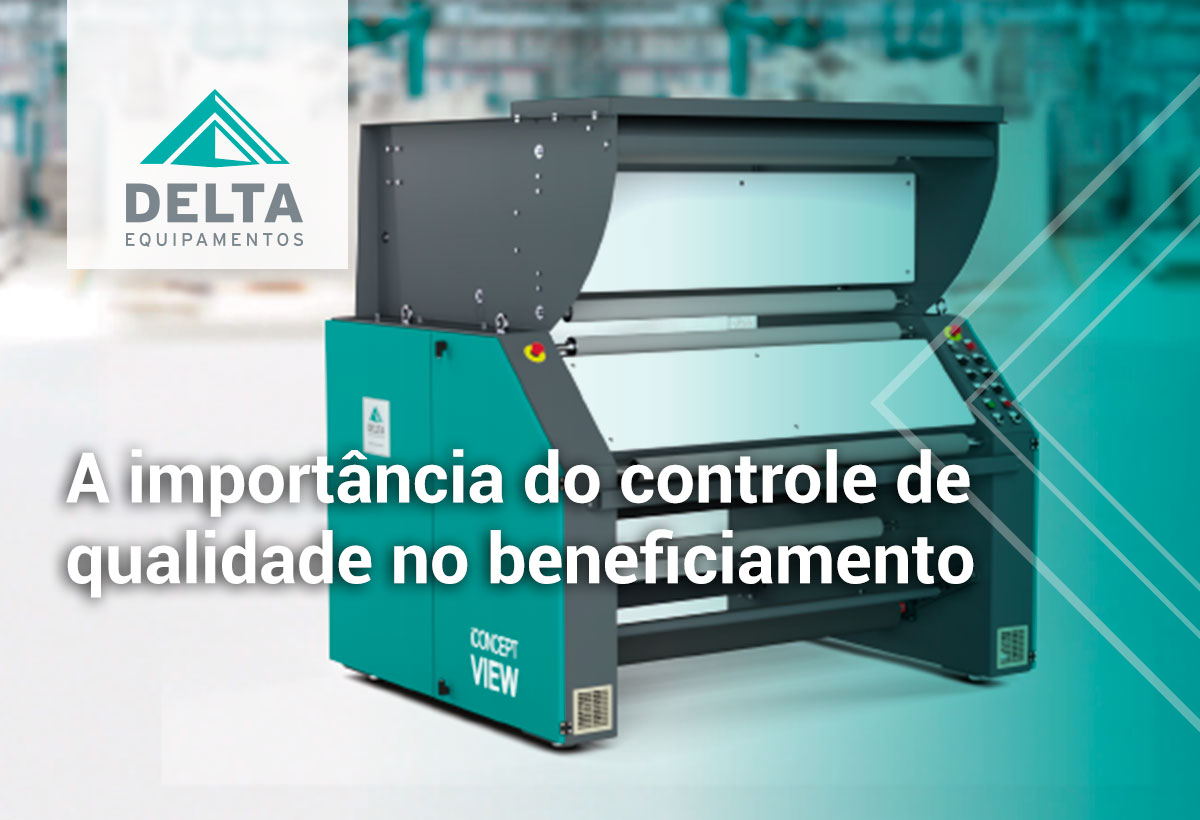Quality control in processing is a key process in the textile industry for several reasons. The benefits of working with modernized machines, equipment and strategies range from increasing the value of your product to reducing costs and increasing your competitiveness in the market. However, companies and managers face challenges when adopting work control and monitoring models.
Furthermore, managers need to understand that quality control is not limited to identifying flaws in fabrics or stained and frayed pieces. This is a continuous procedure that aims to predict and anticipate problems in the production process. To achieve this, updating the production line is essential.
Next, we will show you the real gains for your industry that are provided by this evaluation and monitoring method. Understand why it is necessary to invest and make efforts to update and modernize your processes.
Benefits of quality control in textile processing
Processing is a set of processes that involve several and complex production steps. You know well that each of these phases, from the initial stages to the dyeing of fabrics and knitwear, is subject to failures and problems that affect both the customer side and your company’s finances, after all, poor quality of raw material is the result of errors.
Therefore, understand, in a practical way, the main advantages of implementing quality control in processing. Check it out.
Increased productivity
Increasing production capacity while reducing costs and production failures is a constant search in industries. Through quality control, the risks of errors and failures that end up paralyzing production or that take time to be corrected are eliminated.
Furthermore, enhancing productivity — which is the balance between volume, efficiency and quality of production — is a concept that goes hand in hand with process automation.
As a result, your production also saves time and efficiency. In other words, the same processes are carried out faster and without failures. Remembering that optimization and production capacity is one of the main factors that leads to competitive advantages and market value.
Cost reduction
Cost reduction is a positive consequence of a set of efficient methods that are implemented in conjunction with technologies and modernization of production. Firstly, considerable savings are realized when quality control begins to identify faulty production processes and waste of time and raw materials.
Cost reduction is a positive consequence of a set of efficient methods that are implemented in conjunction with technologies and modernization of production.
This generates important savings in the purchase of inputs and also in the elimination of problems that require reworking at some stage. These financial resources that are saved can be used to improve the industry, update processes and train employees.
Gaining competitive advantage
To stand out among so many competitors, it is necessary to focus on quality and production capacity, cost reduction and strategies that add value to your products. In this sense, quality control in processing favors the improvement of its production, so that it has more efficient processes, as well as the methods and tools used.
The need for evolution and updating of processes
There is no way to talk about quality control in processing without talking about modern and efficient machines, that is, the modernization, automation and updating of production processes. Old, outdated machinery without efficient functionality is a dangerous source of failures, production problems and expenses, after all, it requires a lot of maintenance and is quite limited.
As an example, we highlight the Rev550 iConcept View Mesh Reviewer. This is a machine used as a differential ally for monitoring qualitye. It works to inspect the quality of the raw mesh. This prevents several problems from being taken to other stages of processing.
The Delta proofreader allows your production to comply with NR-12, which is mandatory for the safety of employees and, in addition, it also helps your production in the following ways:
- offers 50% productivity gain, as it reviews both sides of the mesh at once;
- meets the ergonomic factor;
- monitors the width and size of fabrics, avoiding waste;
- It is easy to operate and maintain, a factor that guarantees productive gains;
- equipped with a synchronization system that guarantees the quality of the roll.
Quality control in processing is the process that will ensure that each product is aligned with its production standards. Considering that the entire production procedure begins with the raw raw material, the rev550 proofing machine reduces the chances of waste and failures, as well as helping to improve the efficiency and productivity of the entire production line. Now take the opportunity to check out all the details, functionality and technical information of the Rev550 iConcept View Mesh Checker and update your processes.


![E-book]How to ensure quality control in the textile industry?](https://deltamaquinastexteis.com.br/wp-content/uploads/2019/04/ebook-como-garantir-o-controle-de-qualidade-na-industria-textil.jpg)